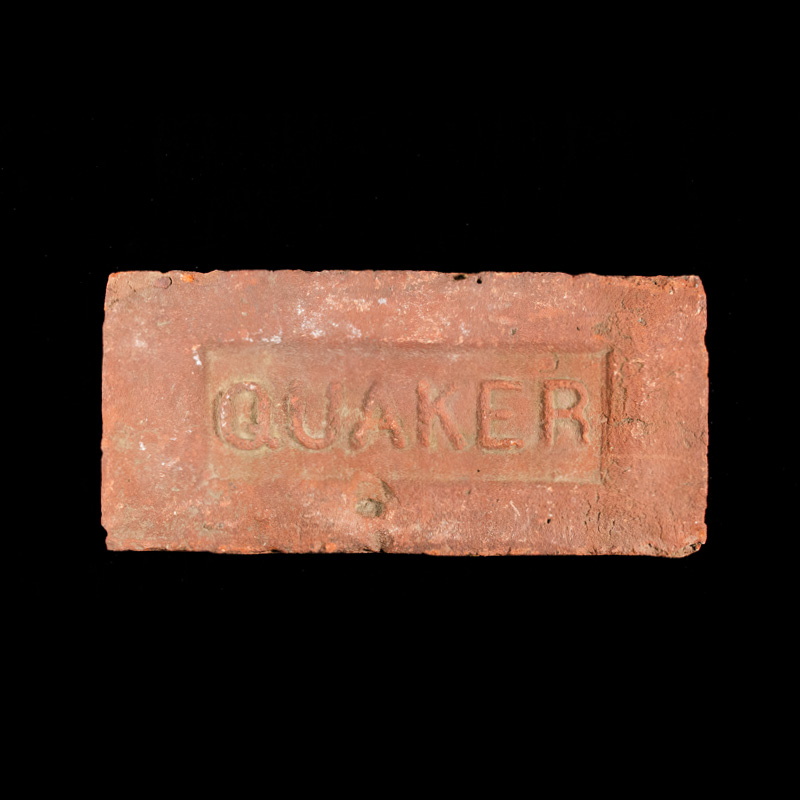Lancaster Brick Company
Baker Woodland site, northwest edge of Lancaster City, Pennsylvania.
The Factory was operating between 1919 and 1979. [1]
From de Wet, A.P., Richardson, J. & Olympia, C. Interactions of land-use history and current ecology in a recovering “urban wildland”. Urban Ecosystems 2, 237–262 (1998). https://doi.org/10.1023/A:1009584622756:
Prior to 1920 most of the site was used for agriculture. Between 1920 and 1980 the site was owned by
the Lancaster Brick Company and was used for clay mining and the manufacture of bricks (Horning,
1992). Clay was excavated from the southern and eastern sectors, and firing kilns, warehouses, access
roads and rail-cart tracks were built in the north-central sector. Abandoned clay pits in central parts of the
site were used for a major city landfill in the late 1950s and early 1960s. Residual brickmaking activity
using off-site clay ceased in 1980 when Franklin & Marshall College purchased the land, and the site has
been essentially unmaintained since that time. The clay mining, brickmaking and landfilling significantly
altered the topography, hydrology and soils of Baker Woodlands, and it is this legacy from the period
1920–1980 that is the strongest influence on present ecology.
Sources
[1] Horning, Roy A., II, “The Lancaster Brick Company, 1919-1979,” Journal of the Lancaster County
Historical Society, 94 (no. 1, 1992), 2-32.

